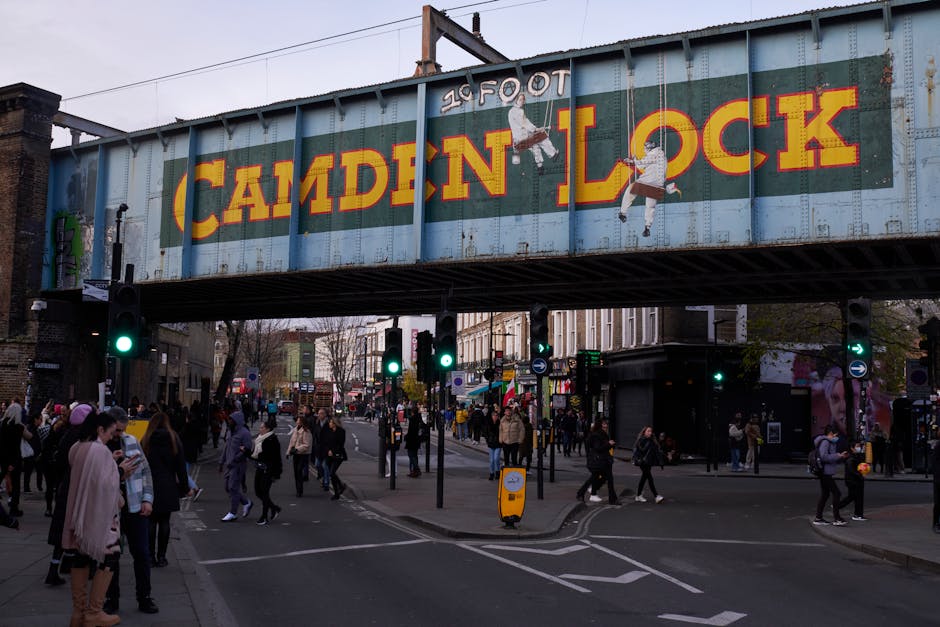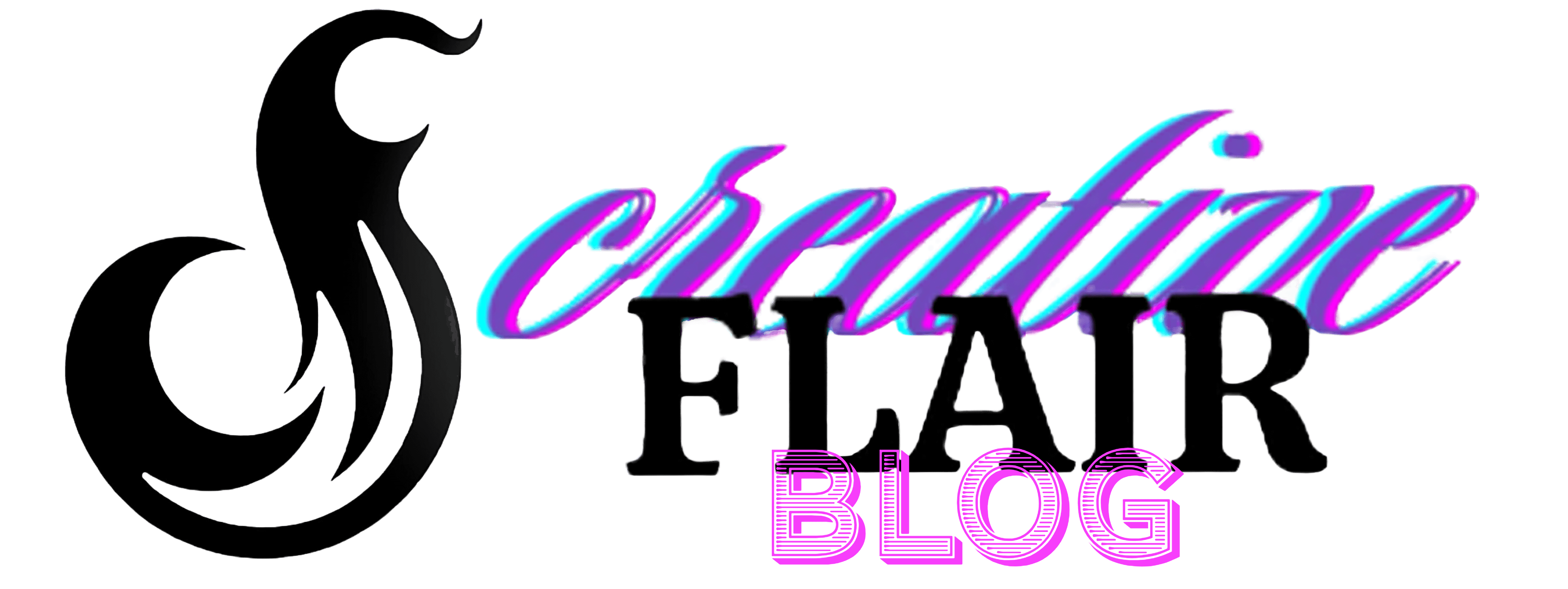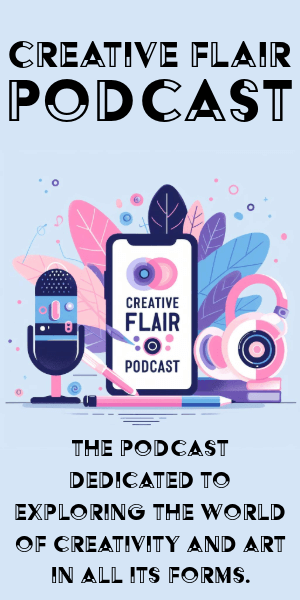Historical Context of Art Funding
Government funding for the arts has been a rollercoaster ride, marked by fears and revelations. Initially, both liberals and libertarians worried about political meddling. Yet, to many people's surprise, this fear didn't fully materialize. Arts agencies largely avoided controversial political manipulation, maintaining artistic freedom and expression.
More recently, the landscape of arts funding has shifted. While there's been occasional interference, like at the National Endowment for the Humanities, funding decisions were often influenced more by internal biases and personal preferences than political agendas.
Supporters of public funding have long argued for the intrinsic value of art to society. They believe that appreciating art enriches lives beyond the tangible. Economists, meanwhile, debate consumer preferences and market valuations, finding it challenging to quantify the worth of non-market goods like art.
Skeptics on the political Right argue that art should survive in the free market without government intervention. They worry that public funding could turn art into a bureaucratic behemoth, stripping it of spontaneity.
Despite conservative concerns, arts funding continues to evolve, incorporating local flavors and educational initiatives. There's an irony in public funding; while it offers support, it also opens the door for scrutiny and control. Art education, seen as producing external benefits, tends to receive more favorable funding consideration.
The nature of arts funding remains fickle, with shifts in government priorities often redirecting resources. Political changes can reshape funding mandates, as seen in recent adjustments to the National Endowment for the Arts' grant guidelines.
Economic Impact of Arts Funding
Arts funding plays a significant role in economic vitality and renewal. It creates jobs and generates tax revenues, extending beyond artists to include various support roles and related businesses. The "multiplier effect" means that for every dollar invested in the arts, additional dollars ripple through the economy.
Arts funding can revitalize rural areas and cities, drawing tourists and locals alike. This cultural investment often leads to the growth of complementary businesses like cafes and boutiques. The arts have recorded high contributions to the gross domestic product, boosting employment numbers and even producing a trade surplus.
However, skeptics caution against what they see as excessive public spending on the arts. Yet, the arts typically require a modest portion of overall government expenditure while delivering significant economic benefits.
In essence, arts funding doesn't just support creativity; it serves as a beacon of economic vitality in our shared cultural story.

Political Perspectives on Arts Funding
The role of government in funding the arts is a contentious issue. Liberals view it as a social investment that enriches cultural landscapes and elevates civic pride. They argue that without public funding, art could become elitist and inaccessible to many.
Conservatives, on the other hand, prefer reliance on private endeavors and patronage. They worry that government funding could lead to bureaucratic overreach and political meddling in artistic expression. They see art as a merit good that should thrive through market dynamics and individual initiative.
The debate isn't strictly black and white. Liberals fear that without public support, artistic diversity and innovation might suffer. Conservatives contend that government funding could steer art towards state-sanctioned perspectives.
This ongoing discussion reflects broader ideological differences about the role of government in society. It's a complex issue that touches on national identity, fiscal policies, and the nature of culture itself.
Challenges and Criticisms of Arts Funding
Arts funding faces several challenges and criticisms:
- Perceived bias in funding allocations: Established names might be favored over emerging artists, potentially creating an oligarchy of taste and stifling new voices.
- Lack of transparency: Questions arise about who decides which art is worthy of support, given the subjective nature of art appreciation.
- Non-artistic criteria influencing decisions: Some worry that expecting art to serve political agendas or social goals could dilute artistic vision.
- Risk of self-censorship: Artists might shape their work to match funding criteria rather than express their true perspectives.
- Balancing artistic excellence with societal goals: Advocates for art's intrinsic value argue for funding systems that celebrate artistic merit for its own sake.
The ongoing dialogue around arts funding reflects the dynamic nature of the art world itself. The goal remains to foster an environment where diverse artistic voices can flourish, contributing to society's cultural and economic fabric.
Future Directions for Arts Funding
The future of arts funding presents both opportunities and challenges. Political changes, economic pressures, and technological advancements are shaping a new landscape for the arts community.
In the political arena, artists and arts organizations need to adapt to changing administrations. They should focus on advocacy, highlighting the value of art as a public good and securing a voice in policy discussions. As recent events have shown, priorities can shift dramatically with new leadership. For example, the Trump administration's attempts to eliminate the National Endowment for the Arts and recent changes to grant guidelines demonstrate how quickly the funding landscape can change1.
Economic factors continue to impact arts funding, often leading to budget cuts during tough times. The arts community must demonstrate how their work boosts local economies, creates jobs, and benefits society. Some key economic impacts include:
- In 2022, the arts sector reached an all-time high of $1.1 trillion in value added to the U.S. economy
- 5.2 million workers are employed to produce arts and culture goods and services
- Arts and culture exports produce a trade surplus of $21 billion
Technology is transforming how people engage with art. Virtual reality, AI, and blockchain offer new possibilities for artistic experiences. Funders should consider these innovations, blending traditional and digital art forms in their support strategies.
To advocate for sustained or increased funding, the arts sector can:
- Combine data with storytelling to show the wide-ranging benefits of the arts
- Build alliances across sectors to demonstrate the interdisciplinary impact of creativity
- Explore alternative funding models like crowdfunding, private-public partnerships, and endowments
- Engage with diverse stakeholders, including those who may be skeptical of arts funding
The arts community needs to stay adaptable and forward-thinking to thrive in this changing landscape. By embracing new approaches and technologies while preserving traditional values, they can ensure art continues to play a vital role in society.
"Our vision for the summit was accurate. It was everything we hoped for, being able to come together, to speak with one voice and to have different types of leaders bring their best game to the table." – Robin Bronk, CEO of The Creative Coalition2
Looking ahead, the future of arts funding will significantly influence our cultural landscape. The arts community is ready to navigate this journey, balancing creativity with economic and political realities to keep inspiring and connecting people through art. By fostering dialogue between artists, policymakers, and the public, we can work towards a future where the arts are valued and supported as an essential part of our society.

























